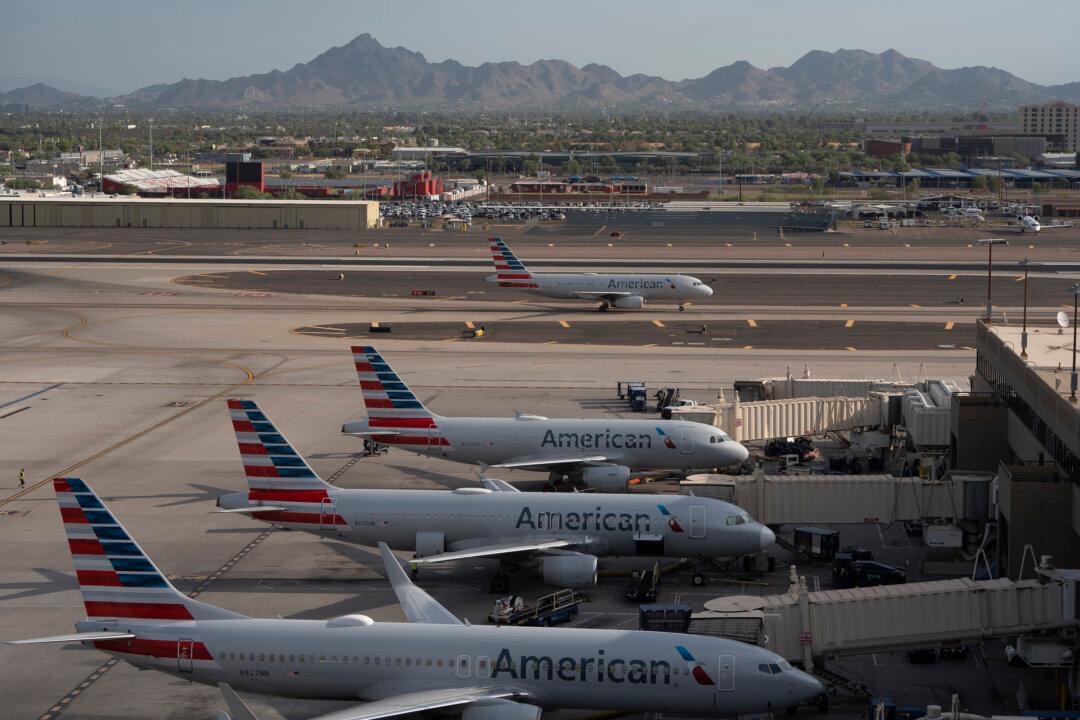More than 10,000 flights into and out of the United States were canceled or delayed on July 17 as severe weather continued to plague parts of the country, wreaking havoc on multiple airports.
Approximately 8,671 flights within, into, or out of the United States were delayed Monday, according to flight-tracking website FlightAware, while 1,817 were canceled.





